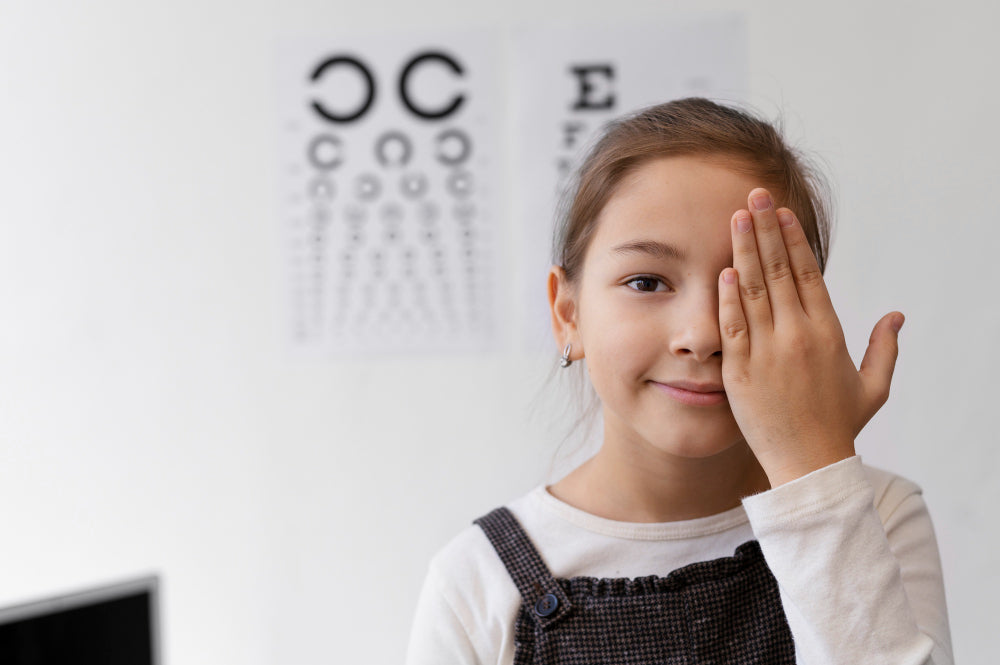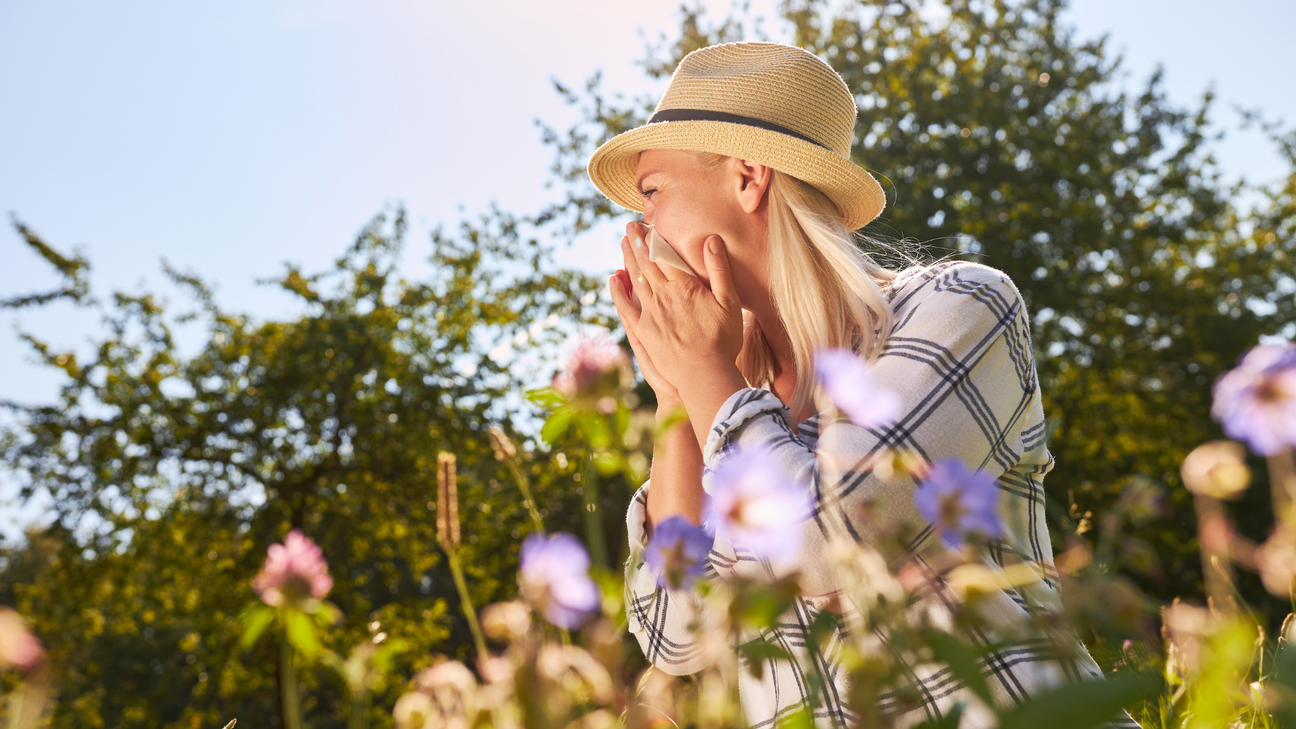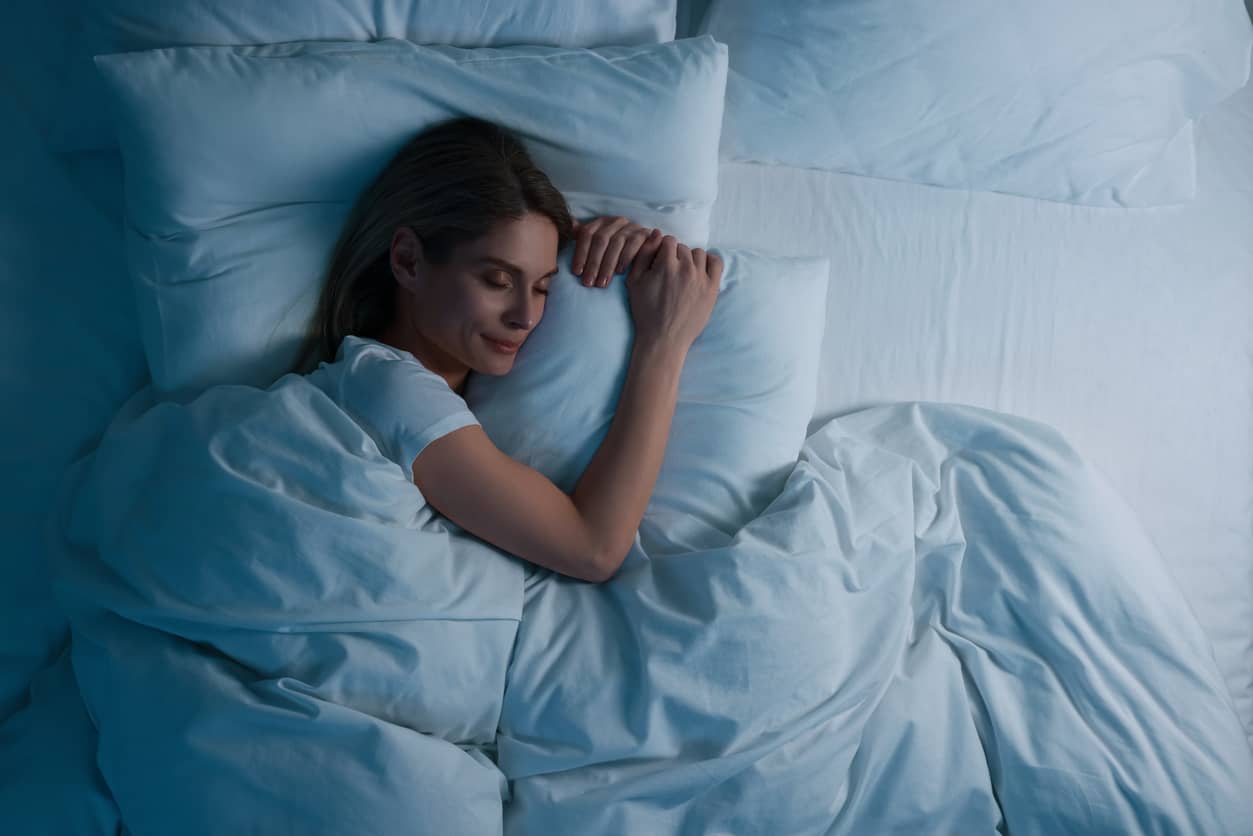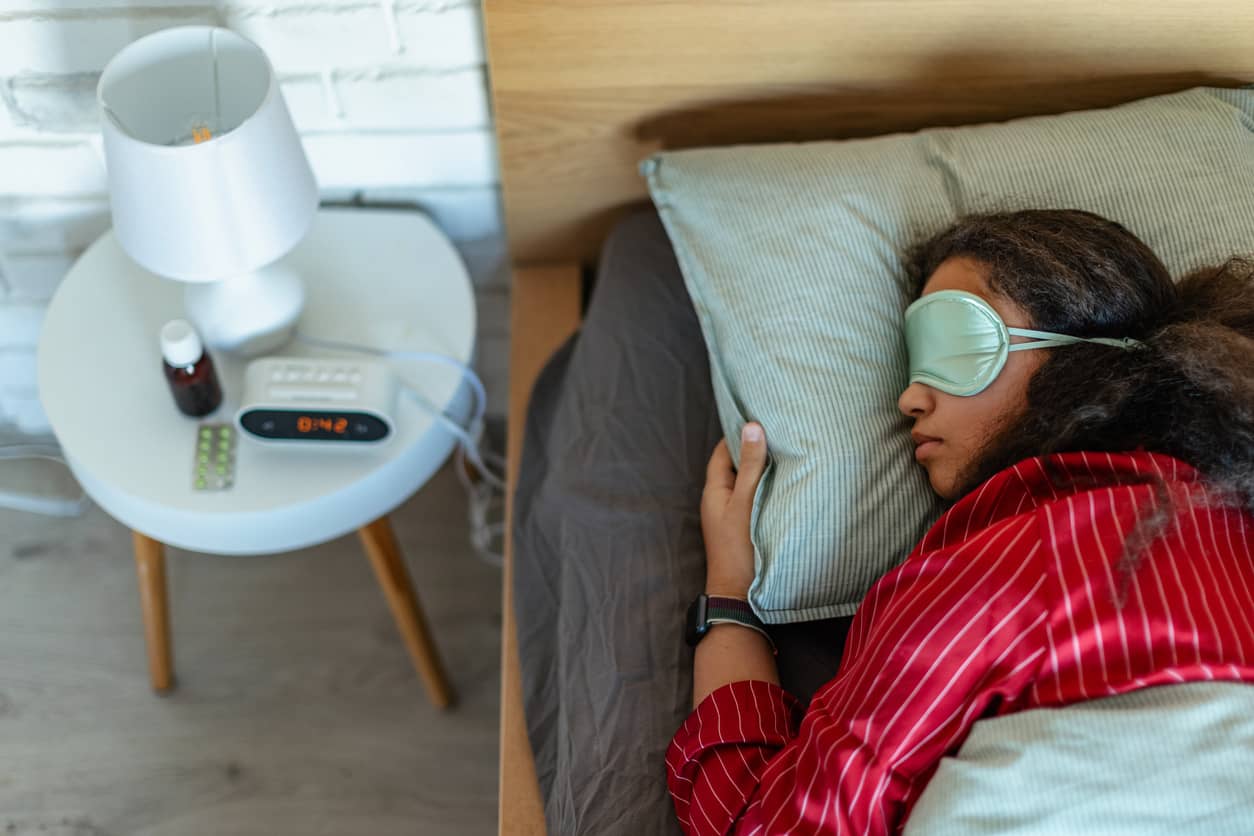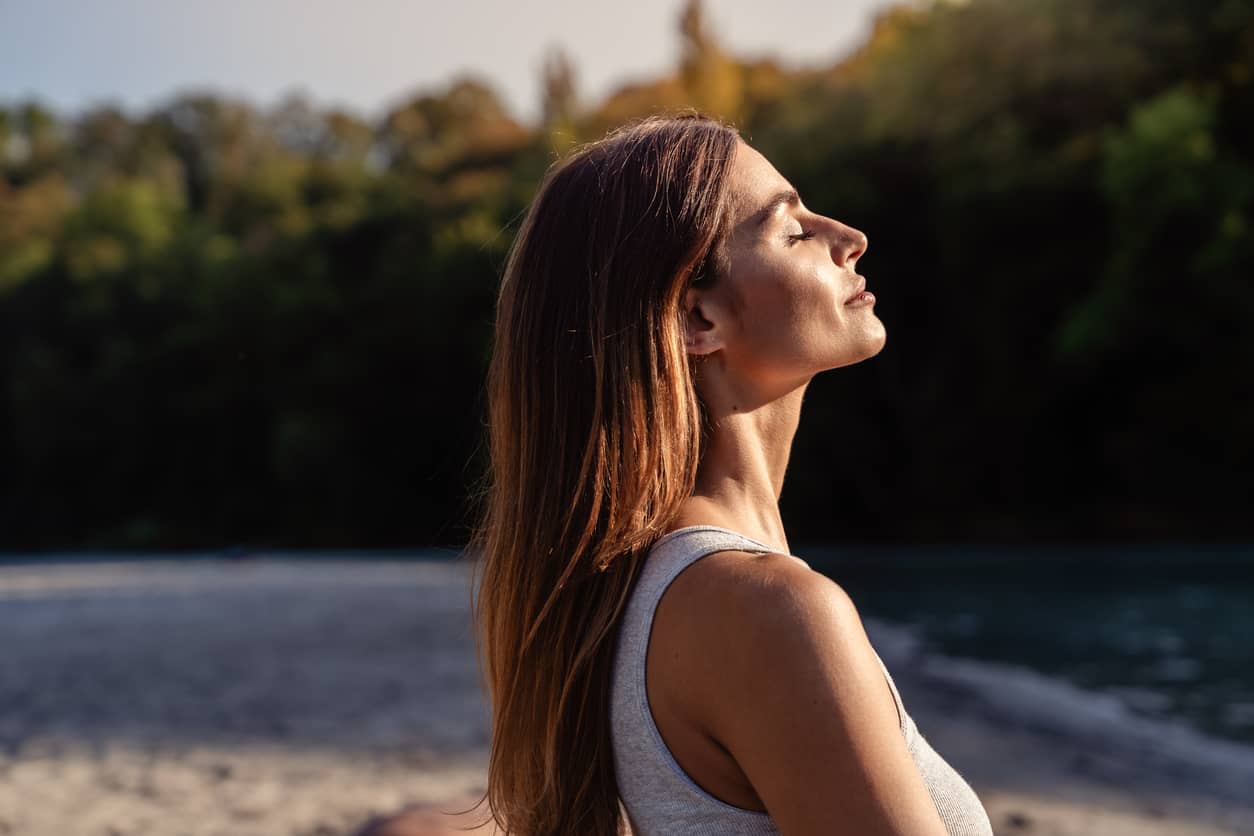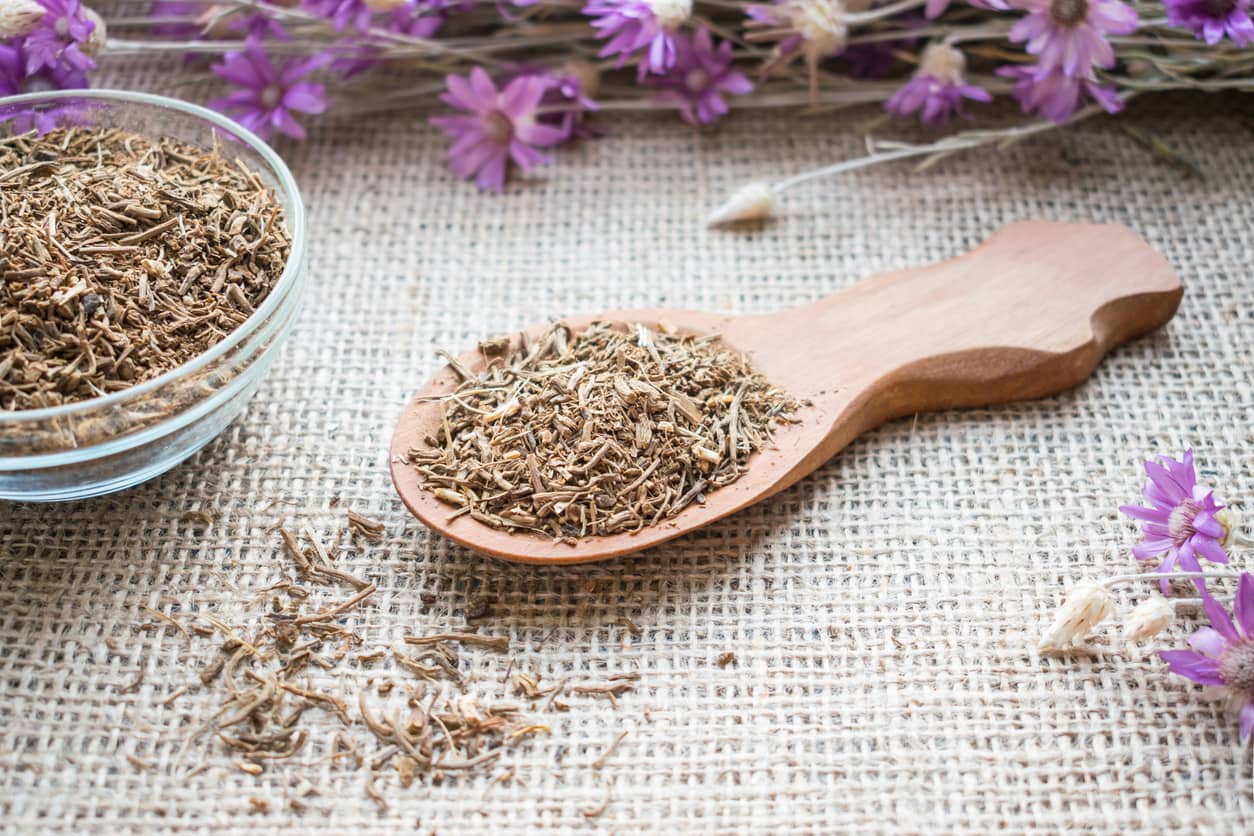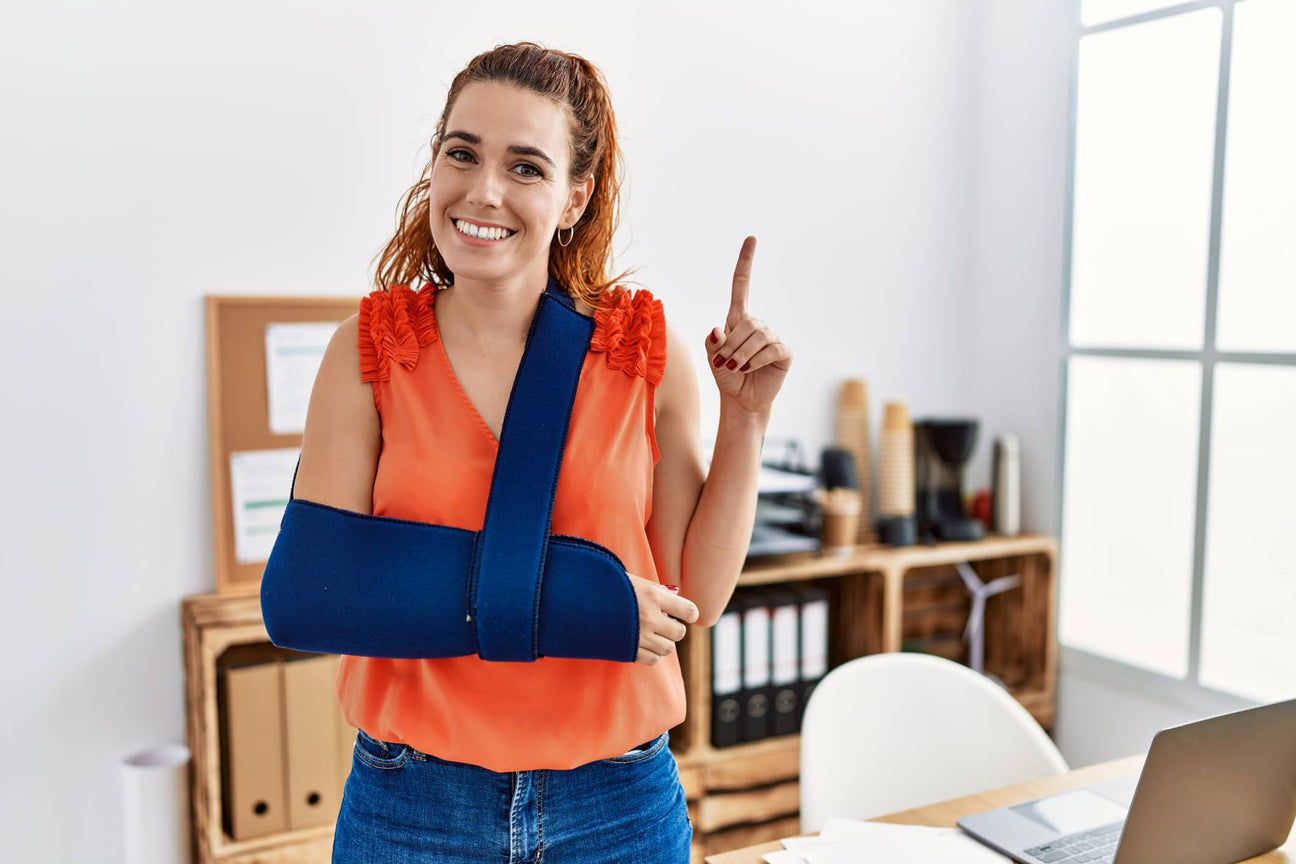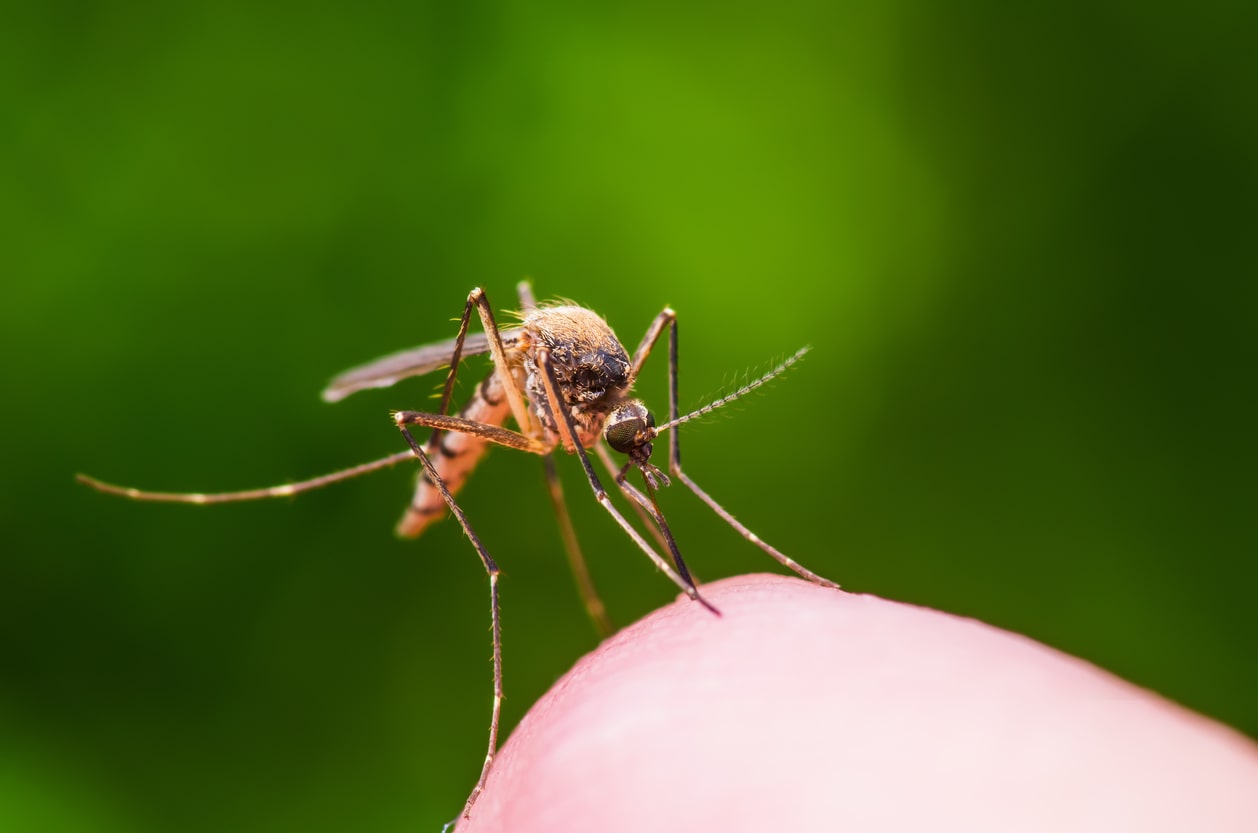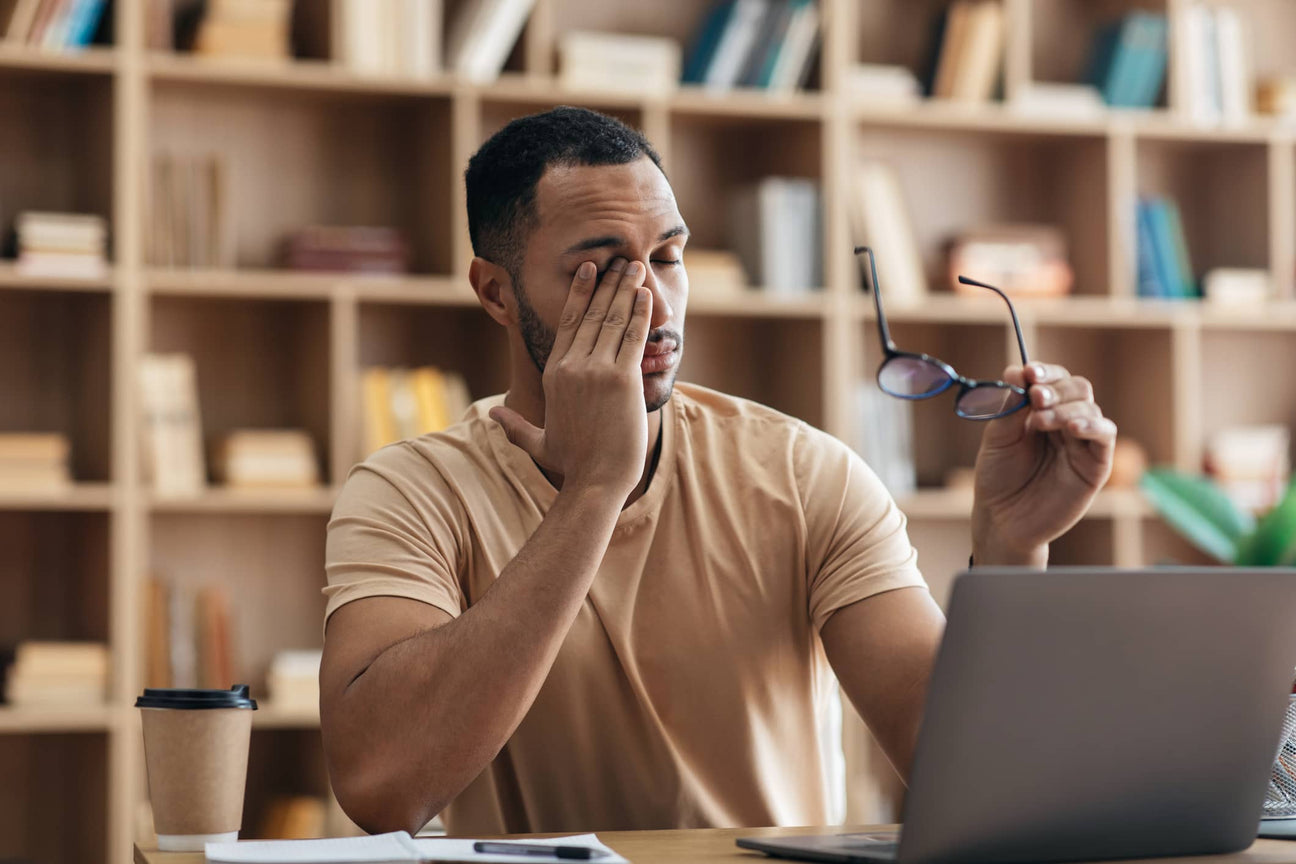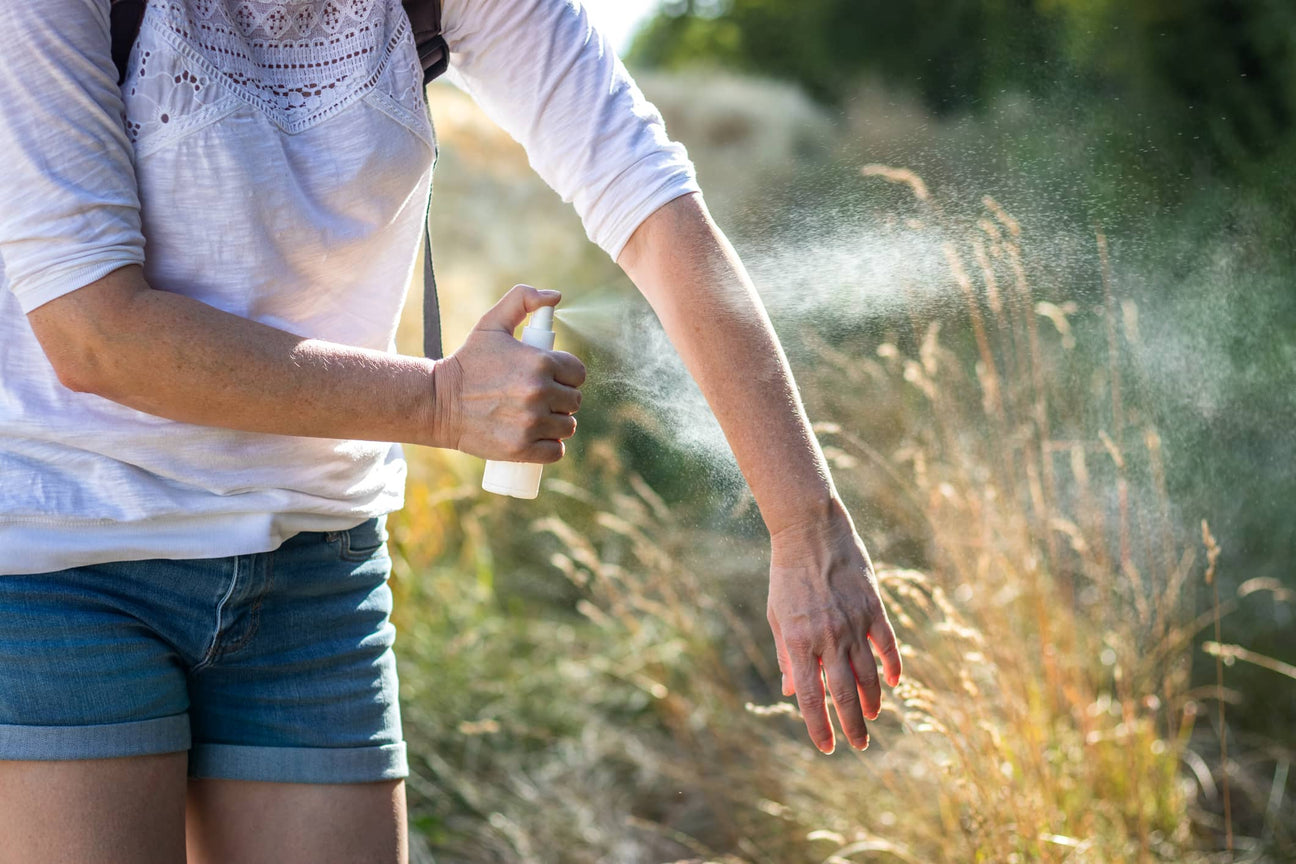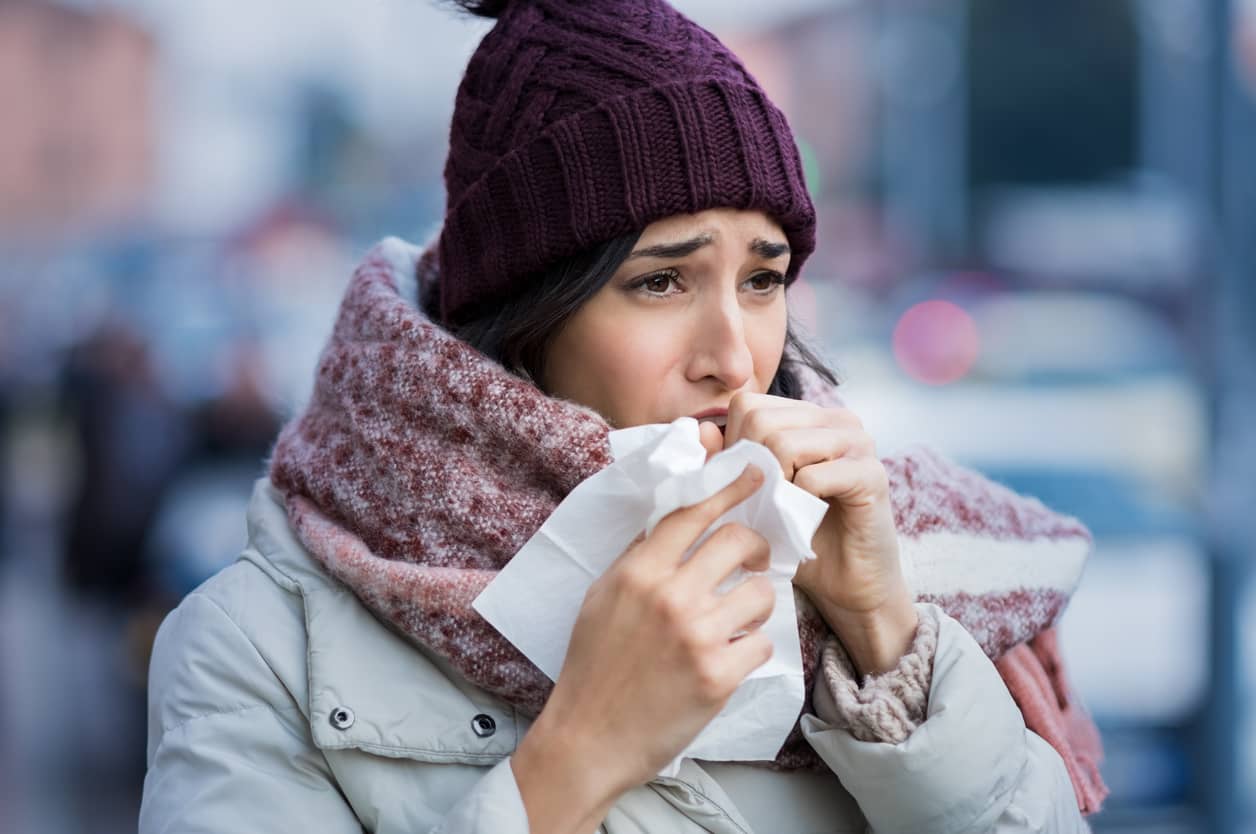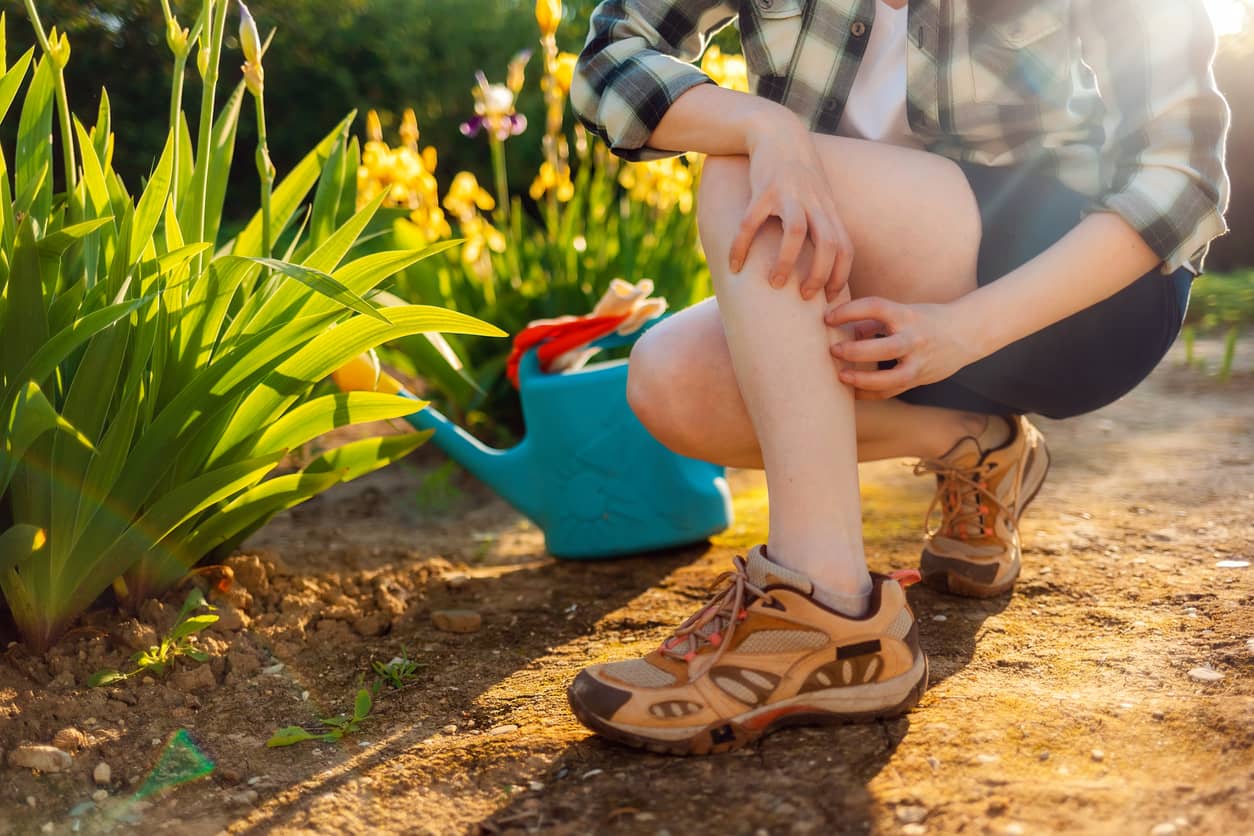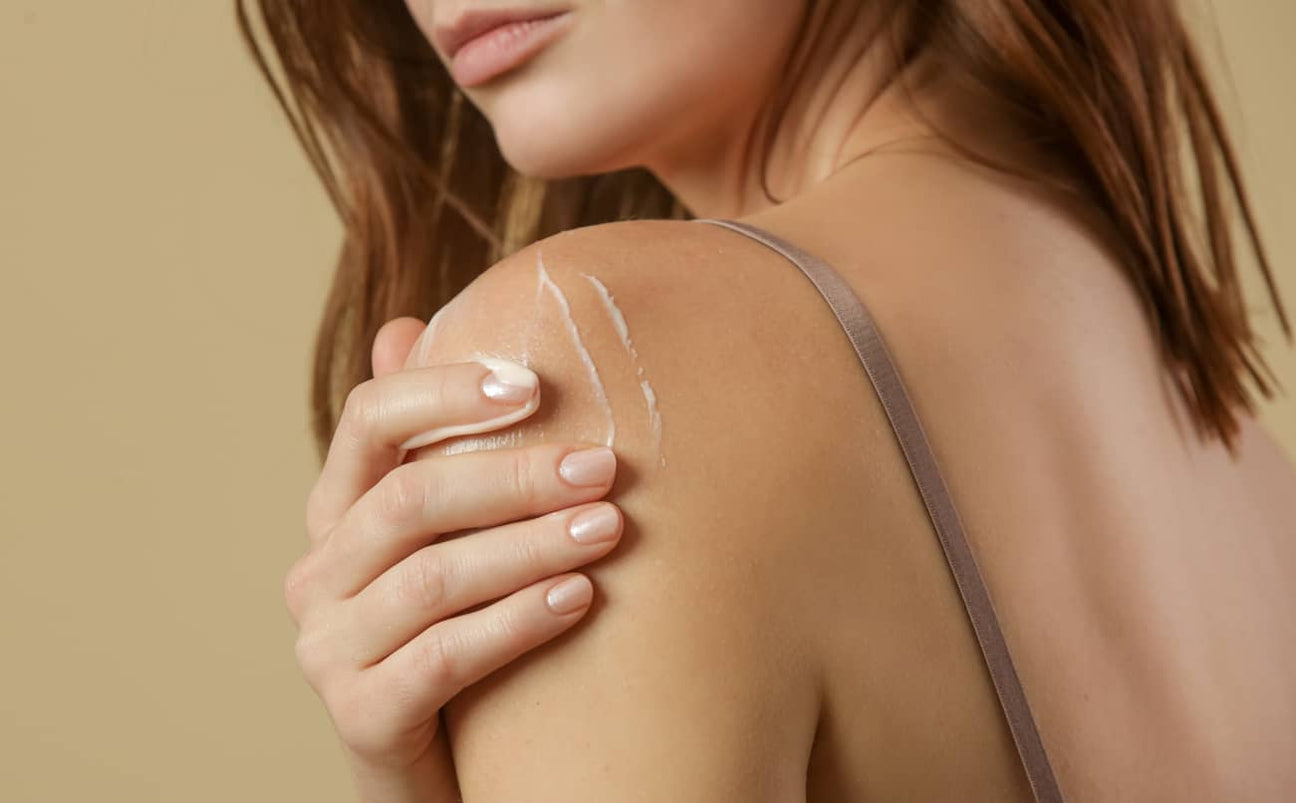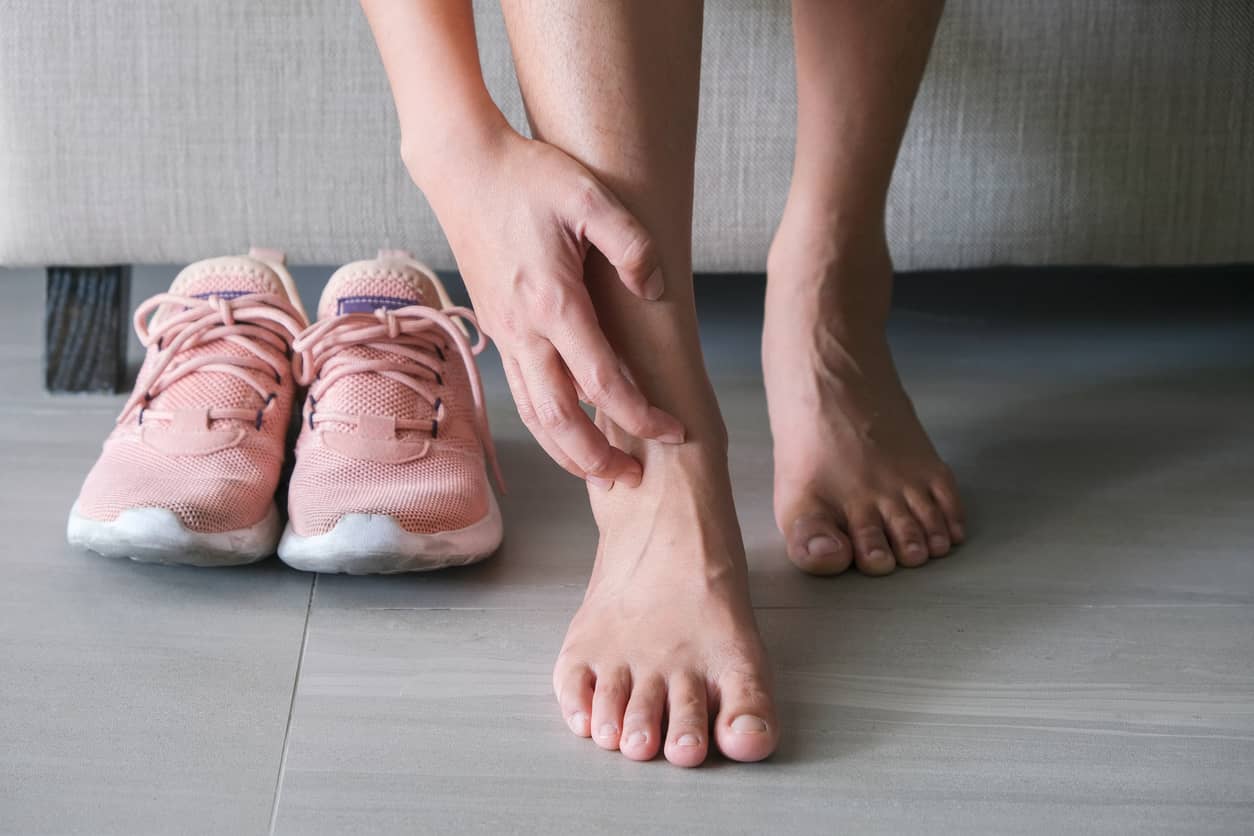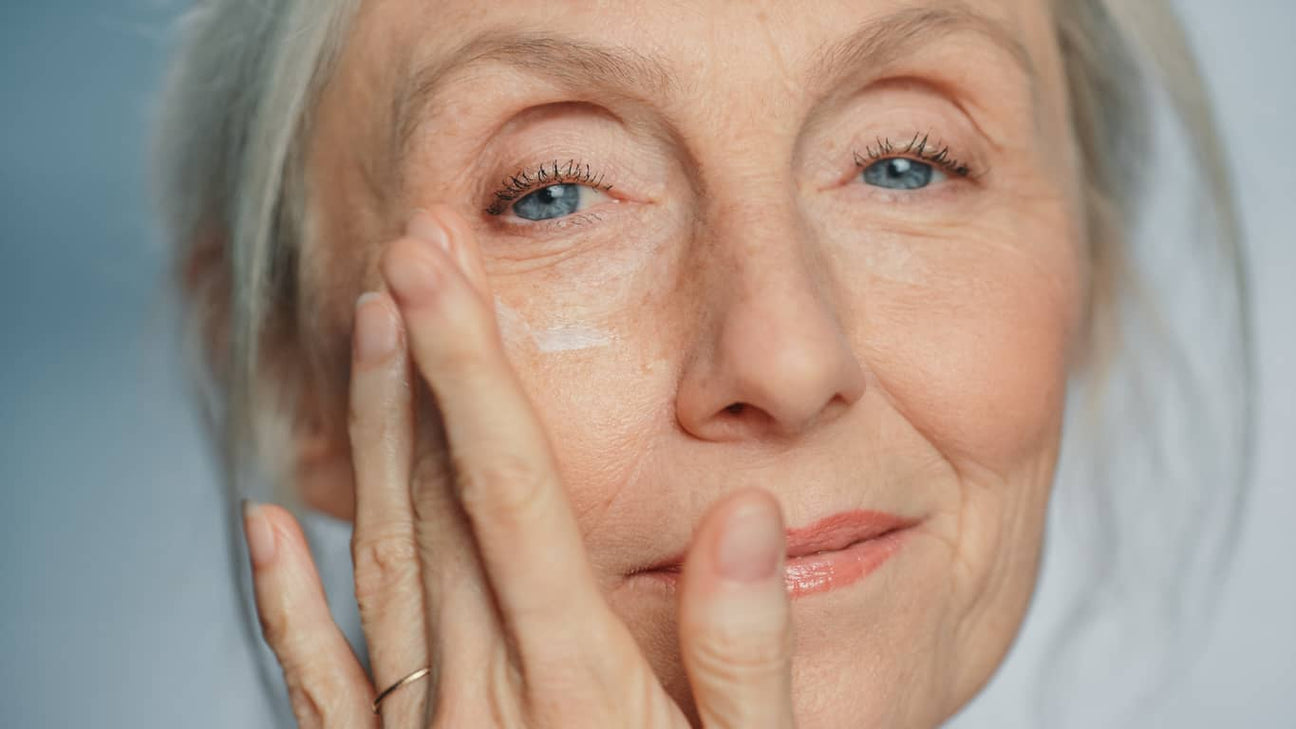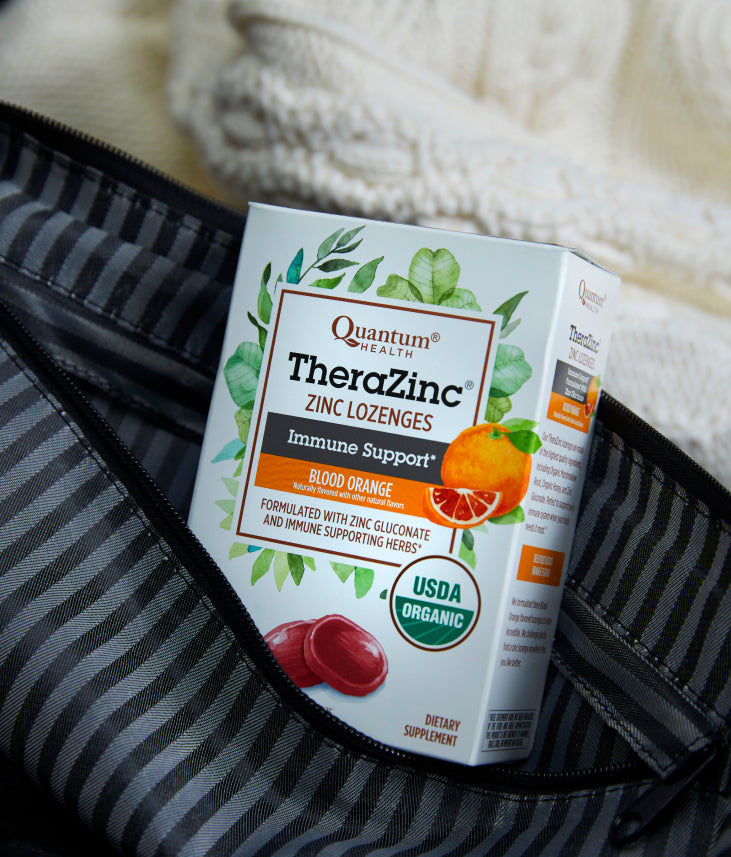Back to School Sports: Simple Tips to Prevent Athlete’s Foot

Key Takeaways: How to Beat Athlete's Foot
-
Prioritize Dryness: Maintaining clean, well-ventilated feet and footwear helps create conditions that make athlete’s foot less likely to develop. Athlete’s foot needs moisture to grow, so eliminating it is your best defense.
-
Choose the Right Gear: Opt for shoes and socks that promote breathability and wick away sweat to prevent moisture buildup.
-
Practice Good Hygiene: Daily foot washing and thorough drying—especially between the toes—are essential.
-
Protect Your Feet in Public: Never go barefoot in communal spaces like locker rooms and showers where this skin condition is likely to spread.
-
Don't Share: Athlete’s foot is highly contagious, so avoid sharing towels, shoes, or socks with anyone, even family members.
With the school year and sports seasons kicking into gear, it’s a great time to talk about a common but manageable skin condition: athlete's foot. This itchy, uncomfortable fungal infection thrives in warm, moist environments like sweaty shoes and locker rooms. But with a few simple habits, you can keep your feet healthy and comfortable.
The Importance of Dryness and Breathable Gear
Skin conditions like athlete’s foot thrive in warm, moist environments. When you're playing sports, your feet are bound to sweat. If that sweat gets trapped in your socks and shoes, it creates the perfect breeding ground for the fungus that causes athlete's foot. The most effective way to prevent this is by prioritizing dryness.
This starts with your choice of gear. When buying athletic shoes, look for ones made from breathable materials like mesh or canvas that allow for air circulation. Avoid shoes made of plastic or vinyl, which trap moisture. It's also a good idea to alternate between two pairs of shoes, giving each pair at least 24 hours to fully air out and dry between uses.
Your socks are just as important. Instead of cotton, which absorbs moisture and holds it against your skin, choose moisture-wicking socks made from synthetic materials like polyester, acrylic, or merino wool. These materials pull sweat away from your skin, helping to keep your feet dry. Always change your socks immediately after a workout or if they become damp.
Daily Hygiene Habits
Maintaining good foot hygiene is a fundamental defense against athlete’s foot. Make it a routine to wash your feet daily with soap and water, paying special attention to the spaces between your toes. After washing, dry your feet completely. Use a clean towel to pat them dry, and gently pull your toes apart to ensure every crevice is moisture-free. This area is a prime spot for the fungus to grow because it often remains damp. Consider using a drying powder on your feet and inside your shoes and socks to absorb excess moisture and inhibit this skin condition.
Protecting Your Feet in Public Spaces
The name "athlete's foot" exists for a reason: this particular skin condition is commonly found in places where athletes congregate. Locker rooms, showers, and pool decks are warm, damp environments where it can live on the floor. Walking barefoot in these areas is the easiest way to pick up the condition.
To protect yourself, always wear waterproof sandals or flip-flops when in communal showers or locker rooms. This creates a barrier between your skin and the surfaces, significantly reducing your risk. You should also put down a clean towel to stand on while you're getting dressed.
A Note on Contagion
Athlete’s foot is highly contagious and can be spread through direct skin-to-skin contact or by touching contaminated surfaces and objects. To protect yourself and others, avoid sharing personal items. This means no sharing towels, socks, shoes, or even nail clippers. If you have this skin condition, be mindful of where you walk barefoot at home to avoid spreading it to family members. You can also wash your laundry, particularly socks and towels, in hot water to kill any lingering spores.
If you still get athlete’s foot, Quantum Health’s Athlete’s Foot anti-fungal formula helps relieve itching and burning, remedies most challenges within days, and eliminates fungus and odor-causing bacteria.
Final Takeaway
In summary, preventing athlete's foot is a straightforward process that requires a combination of good hygiene and smart choices. By keeping your feet dry, using breathable footwear, practicing daily cleanliness, and protecting yourself in public spaces, you can enjoy your athletic pursuits without the discomfort of this common infection. Remember, a little prevention goes a long way in keeping your feet healthy and ready for action.
Share
Your share can inspire countless others.





